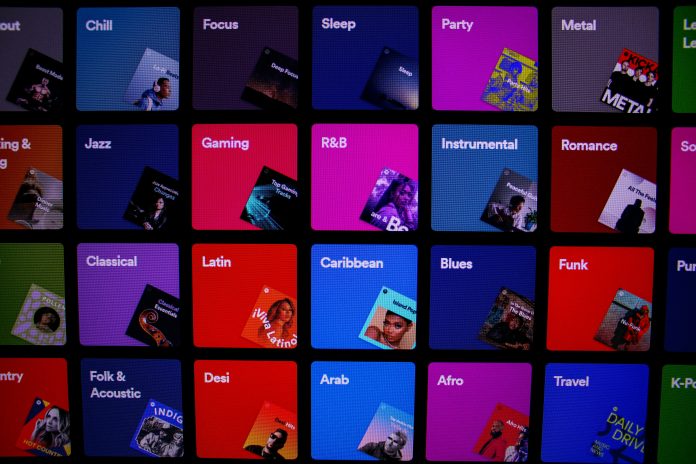The sun shines in the heart of stylish Soho; filtering through the leafy trees on a pretty little square; bathing No.4 in a glorious glow. It’s the offices of the Official UK Charts Company, a bland building, with no signage. They don’t need it, as coming from this innocuous building is something that should be more important to us music fans than the shining sun itself – the charts. Yet, it isn’t. Let’s have a quiz… Do you tune in every week to hear the chart countdown? Get mad with excitement refreshing the Top 40 website every Friday afternoon? Do you even know it was released on a Friday afternoon?
I got all nos, and that to me proves the waning relevance of those musical listings. To me, the idea of ‘checking the charts’ seems almost like someone saying, “I’ll fax that to you now” or “Let me check my Rolodex”; about 40 years out of date! If we travelled back to the 80’s, avoided the queues out of The Haçienda, and got to any house in Suburban anywhere: Top of the Pops would be on, an old NME would be discarded in the newspaper rack and for them the charts made sense. They had a musical culture built upon what was hot and what was not, right there, right then. Back then the charts worked differently too, I think it makes sense to find out how they work now…
So back to the white-brick office and the architects of the chart inside. Every Friday since 2004, data about singles sales from 8000 retailers is compiled and combined with the info about how much each record has been streamed, with 100 streams (from a service you subscribe to, like Spotify) equalling 1 real-life sale. Seeing as very few people buy a single anymore – even with vinyl muscling its way back in – the top 40 is really a streaming chart, unlike it was way back when.
The shift towards technology in our consumption of music is only one way that the culture of sound has moved. It feels like, to me at least, that everyone now listens to such a varied and wide selection of genres! It’d be far rarer now for those mass groups of Mods or Punks, gathered around their bands. We are exposed to so many more styles now thanks to them just being on tap. So, this makes the charts far less relevant: you can’t track all the artists you like (if you are that invested in them in the first place); your favourite songs probably won’t be on there. Therefore, fewer people now want to get excited about what comes out of No.4.
But ultimately, it’s how we find new music that has changed. I think the turning point was social media. Now, rather than looking to the Top 40 for the latest tune; we look at our feeds and, more often than not, the music comes to us. This personalised way of listening, discovering, and sharing our tastes works so well that the very general method of showing the public what to listen to (aka the charts) is outmoded. In my opinion, it’s this seismic shift towards all forms of technology in our listening (be that Spotify or social media) that has set the charts onto a path to irrelevance.
So, the sun has now set in stylish Soho; the workers have gone home; and, after over 70 years of a UK chart, maybe the sun has set on that too…
Words By Matthew Carter
Support The Indiependent
We’re trying to raise £200 a month to help cover our operational costs. This includes our ‘Writer of the Month’ awards, where we recognise the amazing work produced by our contributor team. If you’ve enjoyed reading our site, we’d really appreciate it if you could donate to The Indiependent. Whether you can give £1 or £10, you’d be making a huge difference to our small team.

Very good read! An interesting dive into a fascinating topic.